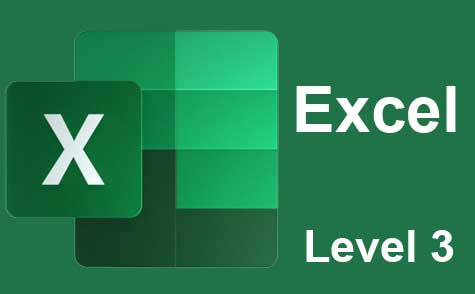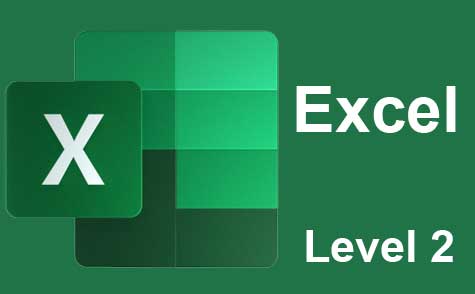Java Computer Programming 101
Unlock the Power of Code: Java Programming Starts Here

3 Hours average completion time
0.3 CEUs
15 Lessons
16 Exams & Assignments
17 Reference Files
173 Articles
Mobile Friendly
Last Updated December 2025
This course introduces beginning and intermediate programmers to the Java programming language. In this course you will learn to write simple Java programs. Even if you have done some programming before, this course should expand your programming knowledge.
Java is evolving rapidly; the course is based on Java SE 11, a recent and widely used version of the language. The first few chapters introduce you to the basic structure of a Java class, which is the basis of all Java programs. You will learn how to work with expressions and assignments, how to use some built-in functions, and how to program with conditional and loop statements.
Java is based on object-oriented programming, and you will be introduced to this at an early point. As you learn more about OOP, you will also meet many of Java's advanced data structures, starting with Arrays and ArrayLists. You will also learn how to deal with errors and exceptions.
Next you will tour some of Java's many facilities for input and output. You will then be introduced to algorithm development and selection, and explore the expanded world of Java modules and packages.
In the final lesson, you will see how to break free of a text-based world and use Java to manage graphics and construct robust user interfaces for any type of program you may wish to build. There will be a brief introduction to animation as well, which is the biggest step toward Java game construction.
If you complete this course, you should be well on your way to becoming a productive Java programmer!
- Apply conditional logic and looping techniques
- Utilize Java's advanced data structures
- Handle errors and exceptions effectively
- Utilize Java's built-in libraries for development
- Implement object-oriented programming concepts
- Write simple Java programs efficiently
- Create user interfaces with Java graphics
- Develop algorithms for computational problems
- Perform data type conversions in Java
- Understand basic Java language structure
- Manage Java input and output processes
-

Adobe Captivate
-

Adobe Acrobat
-

Computer Literacy Level 2 - Internet Basics
-

Photoshop Elements 12 (And Earlier Versions)
-

Microsoft Word Level 1
-

Microsoft Excel Level 3
-

Google Slides
-

Final Cut Pro X
-

Microsoft Excel Level 2
-

Microsoft Publisher Level 1
-

Computer Basics 101
-

Google Sheets
-

Microsoft PowerPoint Level 1
-

Computer Literacy Level 3 - Living and Working Online
-

Microsoft Excel Level 1
-

Adobe Premiere
-

Adobe Dreamweaver
-

Google Analytics 101
-

Adobe Illustrator
-

Crystal Reports
-

Quicken Tutorial: All Versions
-

Securing Your Data and Privacy
-

Learn HTML - Create Webpages Using HTML5
-

Microsoft Project Level 1
-

Understanding Cryptocurrencies